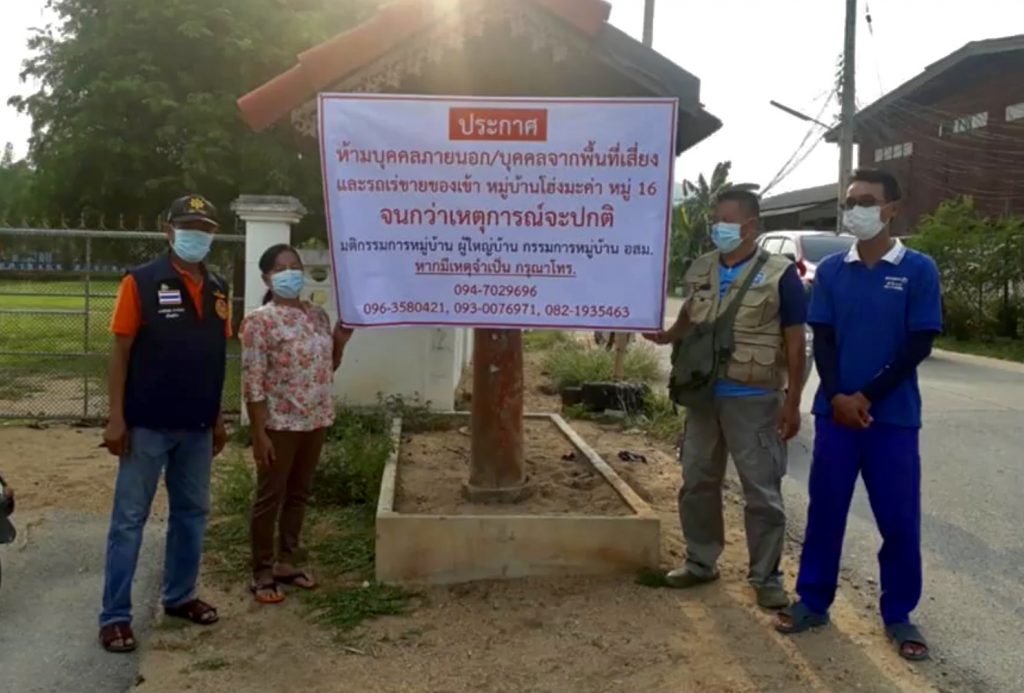
There are reports of many rural and mountain villages in Chiang Mai which have closed itself off from the world at large in an attempt to escape the latest spread of the virus.
Villages in Samoeng are now reportedly monitoring its residents, with neighbours reporting to authorities should outsiders come into the village or villagers leave and return. One resident wrote to CityNews, “The neighbours are keeping such a keen eye on everyone, which is good, but it’s also unpleasant as you feel as though you are constantly being watched. My wife returned from a meeting in Chiang Mai recently and there were many questions by the villagers which seemed very intrusive. But these are extraordinary times.”
Pong Yang Nok, in Mae Rim, has also had regular announcements on its village speaker system warning its people not to allow anyone to visit and telling people not to leave. There are also villages in Mae Sariang which have again put up barricades, as they did last year, barring entrance as well as exit.
“Last year we were recalled home at the end of March, with the village head telling our families to call those of us living across Thailand to return,” said Pam whom CityNews interviewed last April. “About 20 of us returned home, with ten of us deciding to stay home permanently and attempting to make a life for ourselves. It is strange that we seem to be back where we were exactly one year ago.”
Chom Thong District has seen an alarming surge with 78 people in hospital, 41 in field hospitals and 416 in self-quarantine.
In total there are 1,845 people in various field hospitals across Chiang Mai, 426 in hospitals both private and public and 69 in ‘hospitels’.
While yesterday saw a significant drop in reported new infections, with only 91 reported newly infected, the situation is still concerning and many villages are taking all measures of precaution.
Latest statistics from the Covid response centre show that the number of new infections from entertainment venues has decreased by 46% since the beginning of this latest wave, from family members has increased by 16.5% and from community contact by 10.7%.
New cases, according to the report, appear to be spread from rural hospitals and communities.